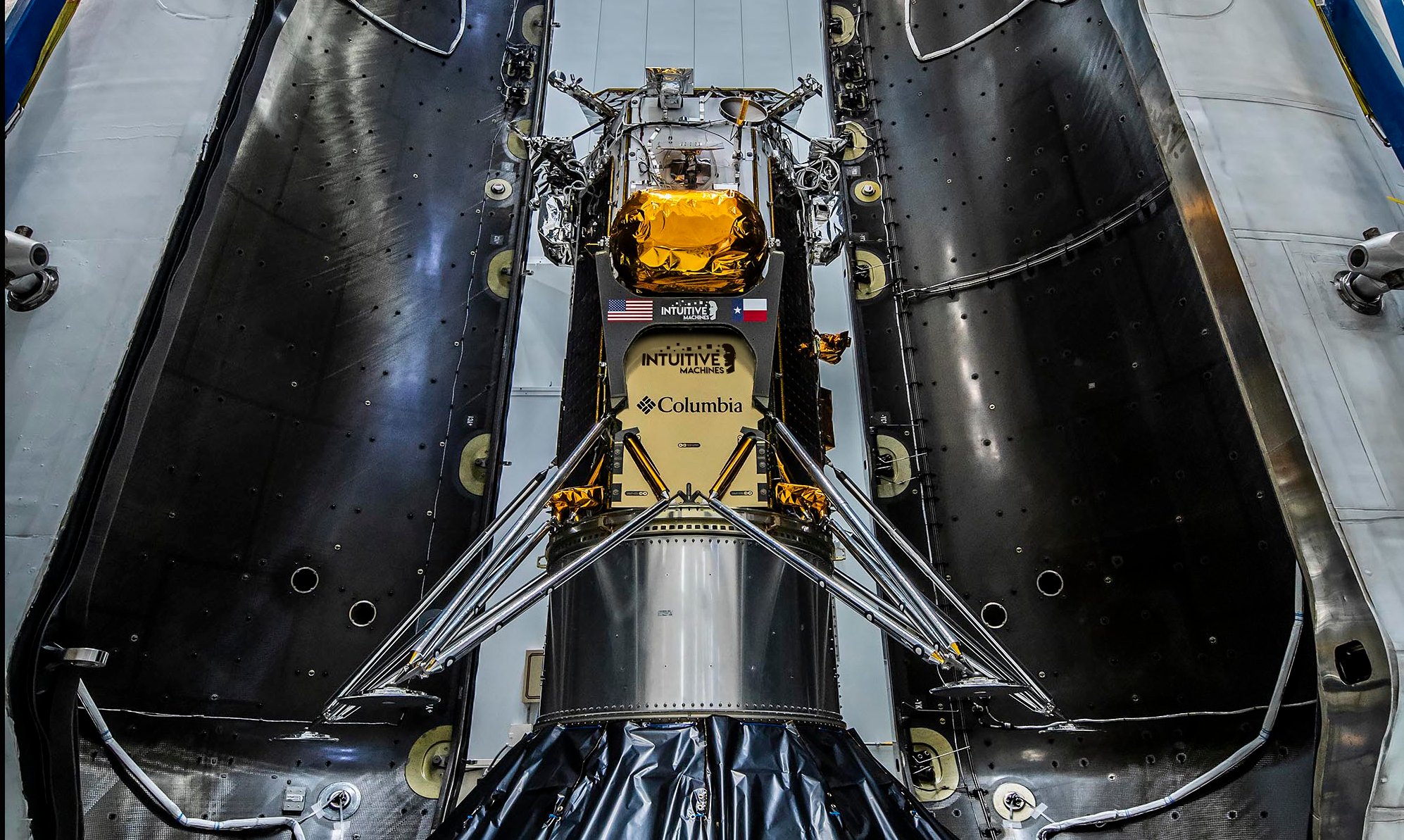On February 15, the Falcon 9 rocket was launched from the Cape Canaveral spaceport. It sent the Odysseus probe (Nova-C), built by Intuitive Machines, to the Moon. It may become the first private vehicle to land on its surface.
Deployment of @Int_Machines IM-1 confirmed pic.twitter.com/daPrWFkVng
— SpaceX (@SpaceX) February 15, 2024
The launch of Odysseus was initially scheduled for February 14, but then it had to be postponed for a day. Falcon 9 completed the task assigned to it and put the spacecraft on a flight path to the Moon. Its first stage then returned to the spaceport and made a successful landing.
The next important milestone will be the first activation of the main Odysseus engine. It uses methane fuel and liquid oxygen as an oxidizer. According to Intuitive Machines experts, if the maneuver is completed successfully, the probability of the final success of the mission will increase from 75-80 to 90%.

Odysseus is set to reach the moon on February 21st. The spacecraft will enter a 100-kilometer circular orbit, which will allow it to land the very next day. Odysseus should land in the 24-kilometer crater Malapert A, located about 300 km from the South Pole of the moon. Not far from it is the so-called Malapert Massif, its peak is considered as one of the possible landing sites of the Artemis III expedition.
If the mission is successful, Intuitive Machines will become the first private company to solve the problem of landing on the moon. The estimated operating time of Odysseus on the lunar surface is seven days.
Twelve cargoes are placed on board the spacecraft. Six of them are owned by NASA, six are provided by private customers. You can learn more about them and the technical design of Odysseus from our article.
According to https://spacenews.com
Follow us on Twitter to get the most interesting space news in time
https://twitter.comne/ust_magazine


